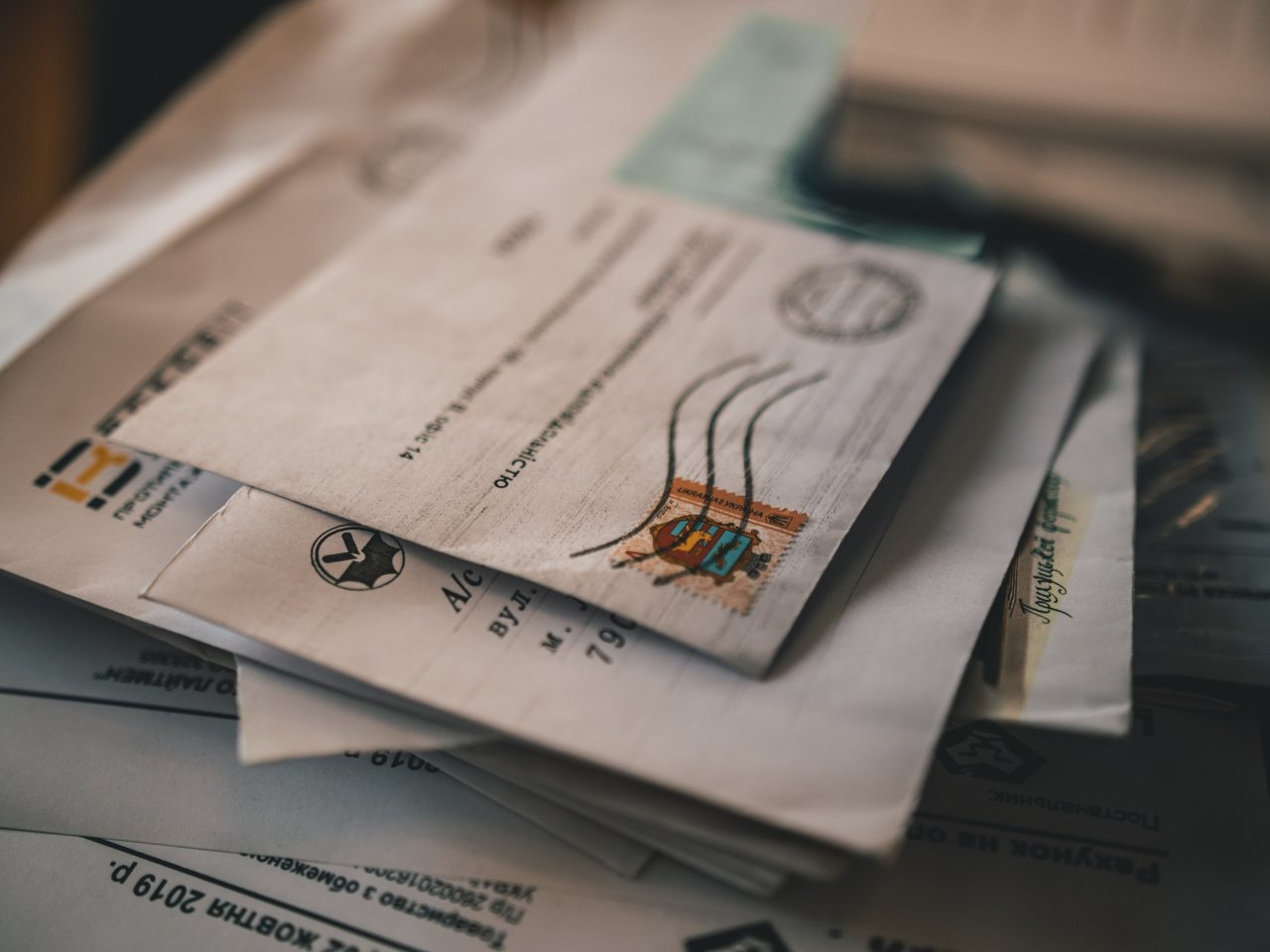A Case For Continuing The Correspondence
For more than a decade, as I’ve been researching the lives of women who were born around the turn of the 20th century, there’s a question that has continued to trouble me: What will biographers and historians do when there are no more letters?
Emily Hale, the subject of my new novel, The Poet’s Girl, saved the more than 1,100 letters that the poet T. S. Eliot wrote her over the course of their lifetimes. In 1956, at the age of 55, she donated the letters to the Princeton University Library, stipulating that they should remain sealed for 50 years after the latter of their deaths. Hale died on October 12, 1969, and the Library will release the letters on January 2.
Eliot, meanwhile, arranged for Hale’s letters to be destroyed after he remarried a much-younger woman. Knowing that we would never fully know her side of their love story, I decided to write a novel about her life, drawing as best as I could from other sources. Those include 22 folders of material in a single box in the Archives of Smith College, where she taught speech from 1936 to 1942.
In my previous book, Elly Peterson: ‘Mother’ of the Moderates, I drew on 25 boxes of written materials that the Republican feminist donated to the Bentley Historical Library at the University of Michigan. Peterson turned out to be a biographer’s dream: Trained as a secretary, she kept carbons of all of the official letters she wrote, and her files paired them with the letter to which she was responding, or the response she received. Further, her family members appreciated the importance of letters. They preserved all of the letters she wrote from Europe as a Red Cross worker during World War II, as well as the handwritten letters she wrote her sister, sharing candid observations about the events of her life and the people she was encountering.
When I was in high school and college, my friends and I also exchanged letters when we were apart. My mother preserved all the letters I wrote home during a high school exchange year in Australia. But my “collection” stops in 1975, about the time I got married. A decade later, my family began communicating by email, and in 1995, when my father died, my mother told us she wanted to learn how to use email.
End of correspondence.
I don’t anticipate that my life will become grist for someone else writing a novel or biography. But what would a future biographer use? If I were a public official, my communications would be preserved by archivists. But are all those “letters” from the rest of us disappearing into “the cloud?”
Who will reconstruct our history?


